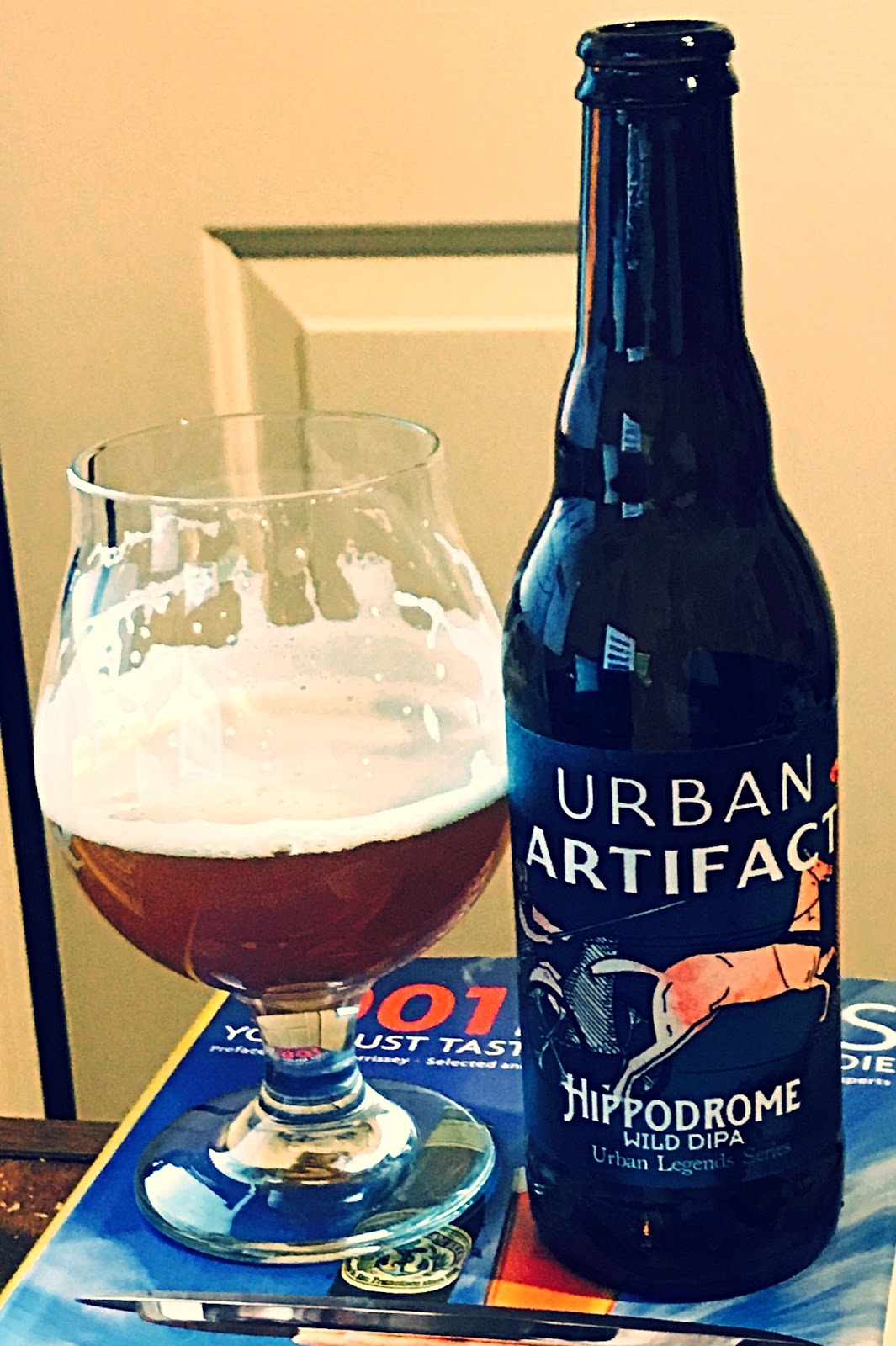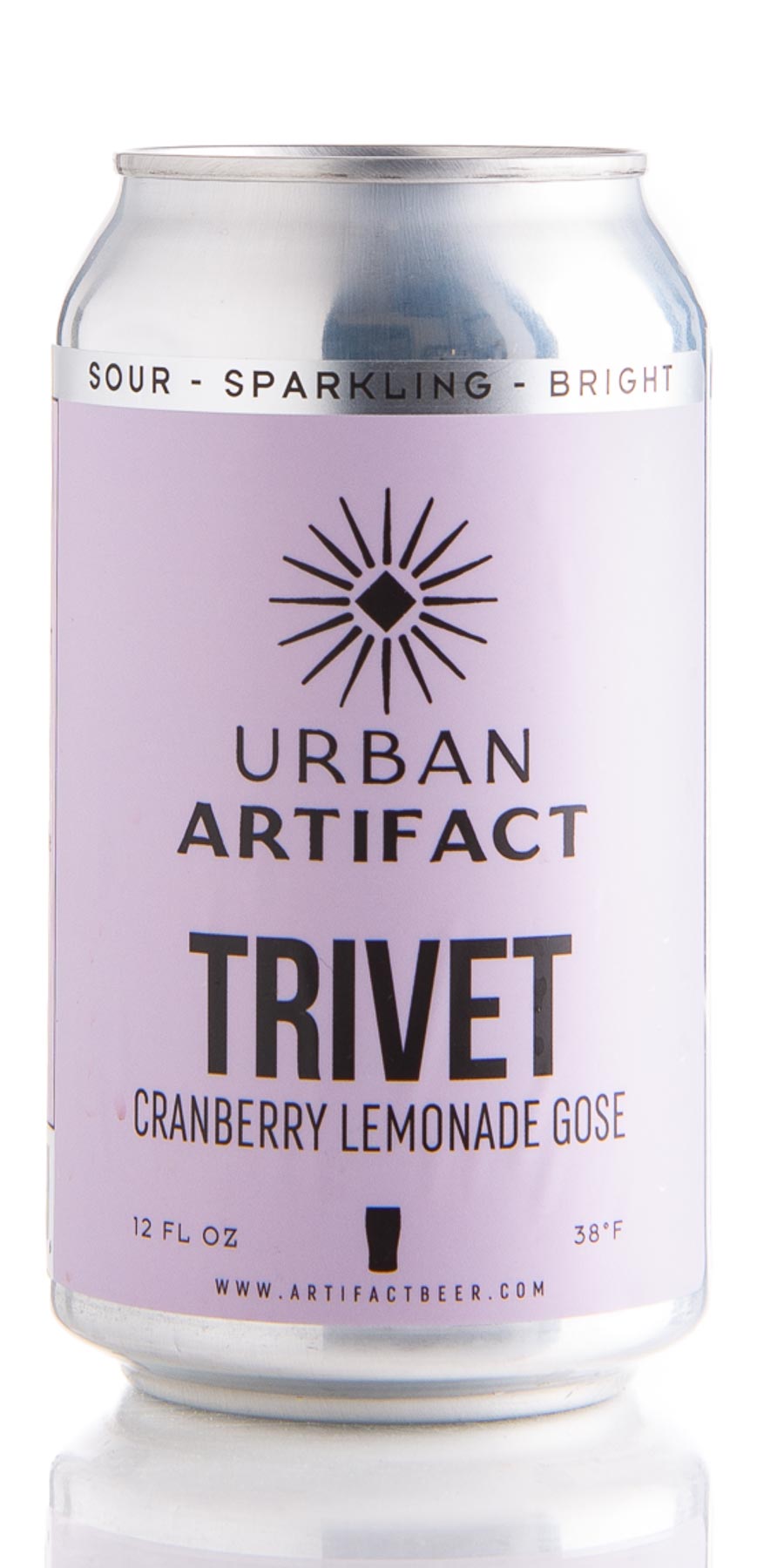

But tradition isn’t Urban Artifact’s, or Bret Kollmann Baker’s, style.

While more established breweries don’t generally use this method, it’s made for some great beer. However, Urban Artifact has made use of a two-stage fermentation process.įirst, brewers sour their unfermented beer by using their lactobacillus in a separate tank, then they pump the soured wort back into the brew kettle and add the hops and yeast. Traditional sour beer is brewed with yeast and lactobacillus mixed together, creating whole microenvironments in which both microorganisms can thrive. After a few weeks and a couple thousand generations, the brewers have developed yeast whose genes allow them to withstand the acidity. The process is repeated until the yeast can thrive in a sour beer. Those individuals reproduce and a new culture grows before it’s exposed to a stronger acid. Though this might kill most of the culture, a few individual yeast cells whose genes allow them to withstand a lower pH survive. They begin by exposing the yeast to a slightly acidic solution. Urban Artifact’s brewers must culture their yeast in a way that makes the strain more acid-tolerant. Most yeast can’t live in such a low pH environment. Most Urban Artifact beers have a pH of around 3.5, or about as tart as orange juice. In these tanks, a bacteria called lactobacillus, caught from the brewery's bell tower, turns sugar into lactic acid. Urban Artifact uses separate tanks to make their beer sour. In addition to the yeast creating alcohol, the lactobacillus takes the sugar and converts it into lactic acid, giving the beer a sour taste, a similar process to how vinegar is made. This is done by adding a bacteria called lactobacillus during the brewing process. Wild-caught yeasts have been used in brewing for generations. These beers usually have an intentionally sour or tart taste, such a lambic, a gose or a Berliner Weisse. “It’s kind of a beautiful thing,” Baker said.

In an age where reproducibility is a tenet of mass production, at Urban Artifact you’ll never have the same beer twice, something special that is not lost on the head brewer. This means that each batch of beer made will have its own individual flavor profile. Since each strain of yeast is slightly different, the flavors they bring to the beer through their unique metabolic processes also will be different. “You throw away cultures you don’t like until you get this weird, unique culture that’s semi-domesticated.” “It’s almost selective breeding,” Baker said. Then the yeast can then be used to make beer. Once a good strain of yeast is caught, a larger amount is grown in petri dishes. Good smells are usually crisp and dry, often with hints of fruit. They usually give off smells of rotten food when they ferment sugar. How do you tell if you’ve got a good strain of yeast for brewing?īaker uses, what most would call, a smell test.īad yeast is pretty easy to identify. Wort, or unfermented beer, is used to collect wild yeast. After a few weeks, they check back in to see what has started to grow. Baker and his team simply set out a jar of wort, or unfermented beer, with a cheesecloth on top. Harvesting yeast is a simple enough process. It is these wild strains of yeast that Baker enlists to make Urban Artifact’s beer, and he does so with the enthusiasm and gusto of a mad scientist. “They are floating everywhere, all the time,” Baker said.Īlthough unsettling for germaphobes, the yeast go quietly about their business, living, reproducing and dying without most of us giving them much notice. While most brewers purchase their yeast from labs, the microorganisms also live in the air, the soil, even on our skin. Yeast is a single-celled fungus that brewers use to ferment sugar into alcohol when making beer. Urban Artifact, located in a former church in Northside, is not only making local beer, but the brewers are doing so with local, wild-caught yeast and bacteria.Ĭhief of Brewing Operations Bret Kollmann Baker has been harvesting microorganisms all around the brewery, from its courtyard to its bell tower, to give Urban Artifact’s beer a truly unique flavor. The lineup from Urban Artifact is all fruited and sour – but past that criteria, there’s a lot of ground to cover.CINCINNATI - While Greater Cincinnati is home to an up-and-coming local craft beer scene, one brewery is taking the word "local" to the next level. Their lineup of beer crosses well beyond what you might expect from “beer” – in fact… they go as far as to say that they don’t even “really” brew beer anymore… they make fruit tarts. If you’re looking for Urban Artifact beer, look no farther than the shelf at your local bottle shop.


 0 kommentar(er)
0 kommentar(er)
